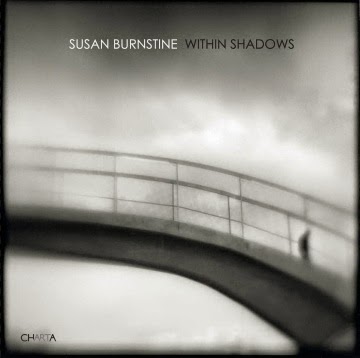I've been doing research on ancient Inkan khipus from Peru. You may be wondering what a khipu is. They were a series of knotted textile strings that hanged vertically from a main cord and were intended as a record-keeping device. It was their way of keeping ongoing records on the number of crops and animals. Much research has been done on these based on the remaining khipus that have survived since 1400 AD. The data found in the khipu can now be read, based for example on the textile, colour and number of strands of the strings, the number and position of knots, etc.
 |
| Khipu UR010 (Photo: Dr. Gary Urton) |
The khipu shown above, part of the 109 Series, was found at the Laguna de los Condores, Peru by Dr. Gary Urton who has researched khipu extensively and maintains the
Khipu Database Project at Harvard University.
My interest, however, lies mostly with the "narrative" khipu which were used, it seems, to recount stories and recite poems,rather than with the "accounting" type khipu. However, though there is some evidence in historic documents that such narrative khipu may have existed and the fact that there exists a small number of khipu that do not fit the "accounting" type, researchers have still not been able to decode them.
Narrative Threads: Accounting and Recounting in Andean Khipu, edited by Jeffrey Quilter and Gary Urton, contains several chapters authored by a multidisciplinary group of researchers who met to discuss the possibility of "narrative" khipu.
The fact that there is a possibility that there existed an ancient tactile and textile-based system to record and recount stories and poems fascinated me. In the book mentioned above, Jeffrey Quilter, proposes in his paper,
Yncap Cimin Quipococ's Knots, that the "narrative" khipu may have made use of a binary system similar to Morse code, to record their stories and poems. Urton also raises the strong possibility that such a binary system may have been used.
This revelation prompted me to adapt such a khipu-like system of recording my poetry using knotted strings and International Morse Code.















































